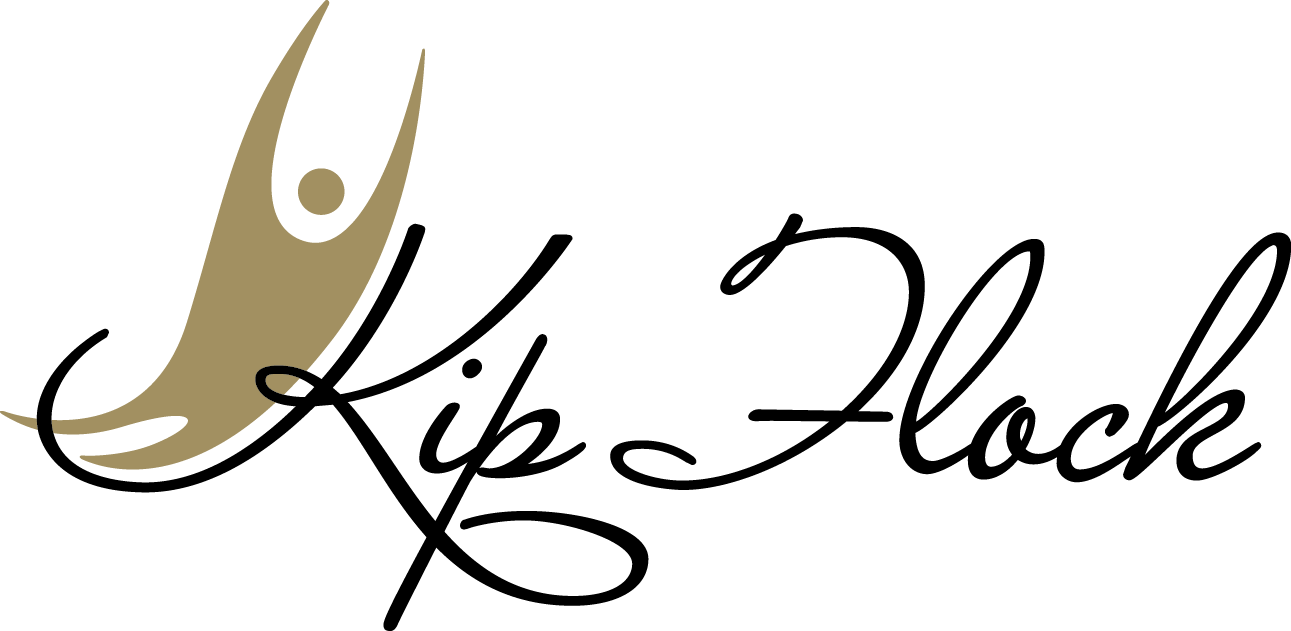Gary was a patient in a rehabilitation facility, recovering from a broken back after jumping out the passenger side of a moving car. He had been drinking while arguing with his father, who was driving.
Gary was also my roommate while I was in treatment for multiple life-threatening injuries I sustained after a drunk driver hit my car head-on. What irony to bunk with another drinker who put himself and others at risk! Although I didn’t know Gary at all, I felt the sting of resentment as soon as I heard his story.
For several days, Gary declined to meet with his physical therapists because he was too tired to get out of bed. He refused to help the people who wanted to help him. After observing his resistance for several days—and despite brewing hard feelings—I knew I couldn’t sit back and do nothing. I had to let go of judgment.
So, I decided to relate to Gary with compassion and a spirit of camaraderie. I chose to be grateful for the opportunity to serve by celebrating any small effort he made toward recovery. I gave him a thumbs-up when he got out of bed and a fist bump when I saw him in the communal physical therapy room.
I roomed with Gary for several weeks. One day after I finished a physical therapy session, I returned to an empty room. Gary had been discharged.
I found two notes on my bed. One was from Gary, thanking me for my support. The other was from his father, expressing appreciation for encouraging his son. Until that moment, there was little indication that they had noticed me much at all.
My ability to serve Gary—even in such a limited way—came from my well-practiced skill of remaining calm in the face of adversity and staying focused on healing.
The following breathing exercise made it possible for me to maintain a peaceful mind in the face of unpleasantness:
- Sit tall and upright.
- Begin with an exhale, bringing the navel back toward the spine.
- After gently expelling all the air, inhale deeply and slowly to a count of 3, first filling the abdomen area of the breath, next expanding the chest and upper back, and finally allowing the intake of breath to gently push up the collar bone.
- Then exhale to a count of 6, releasing completely with the navel drawn back. (Please note: the longer exhale is an essential feature of this exercise.)
- Complete 3-10 rounds of this 3-part relaxation breath to signal your brain to activate the relaxation system in your body and generate a sense of calmness.
Breathing can make it possible to become compassionate and remain peaceful in the face of unpleasantness.

